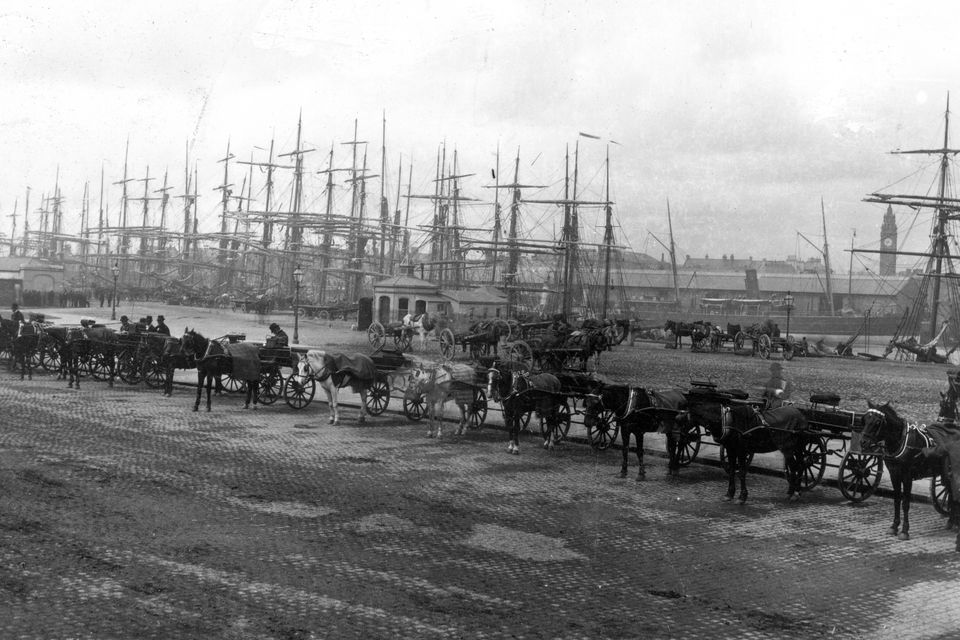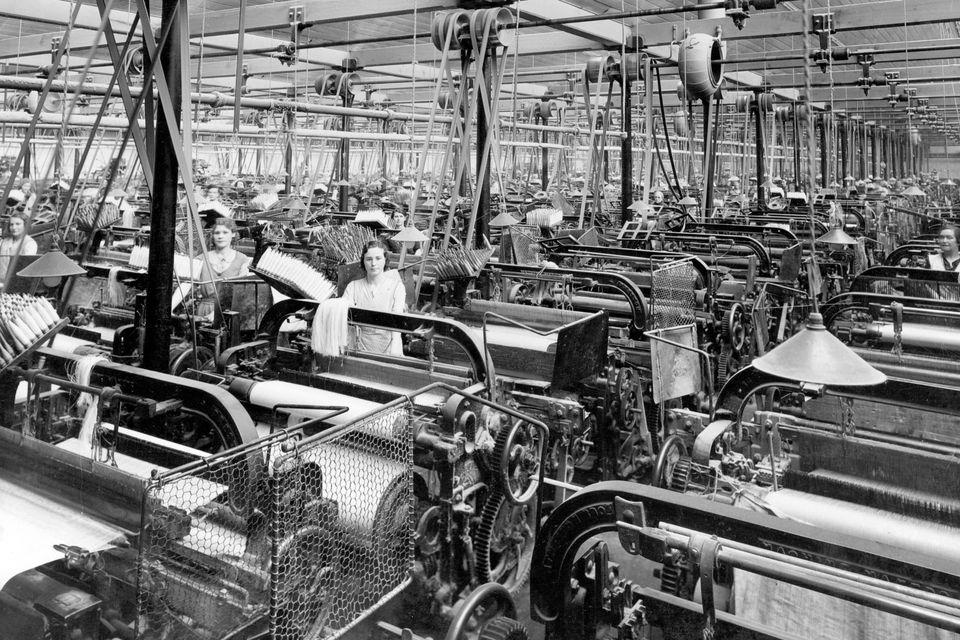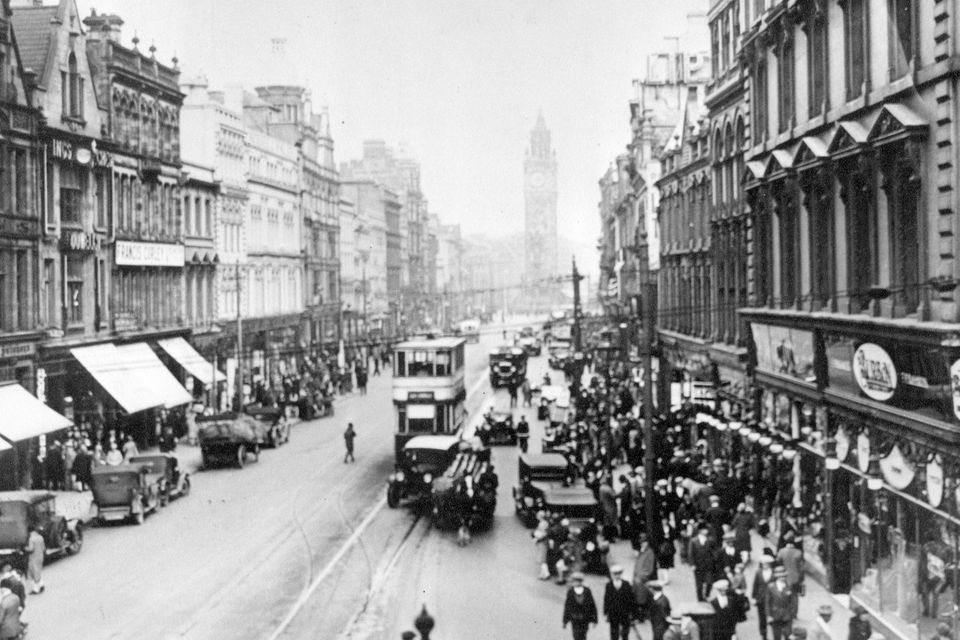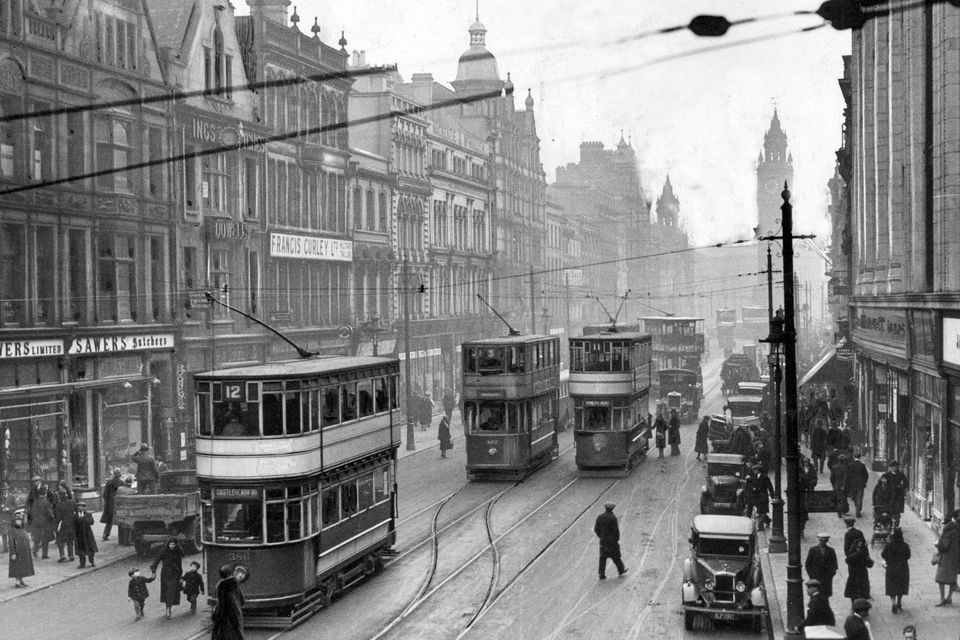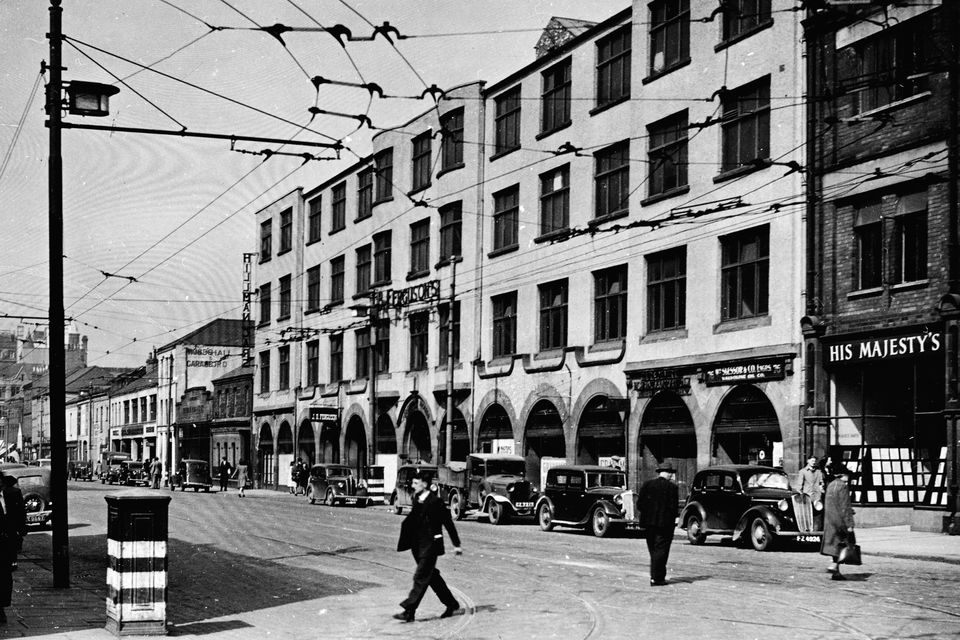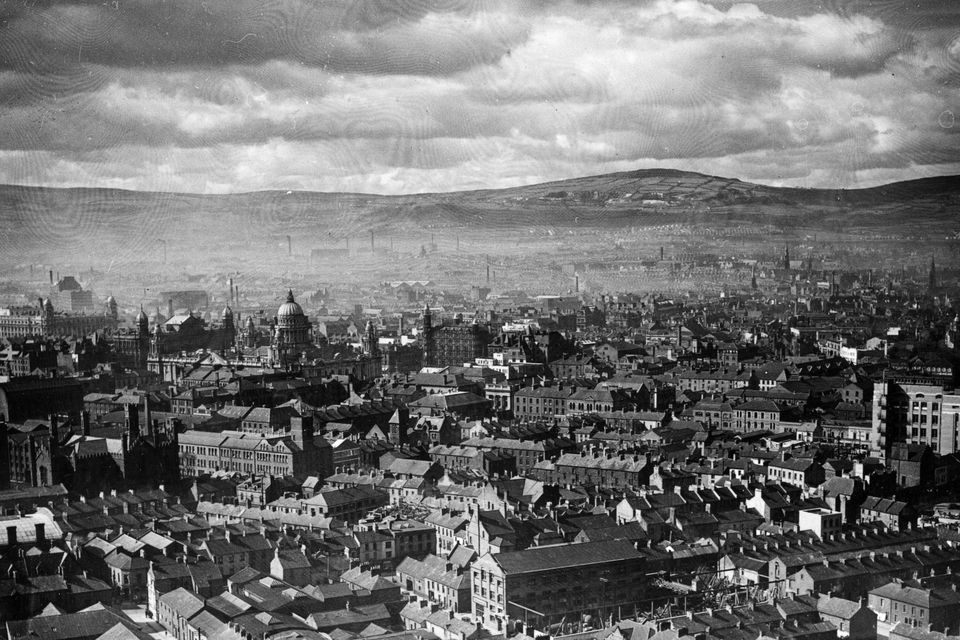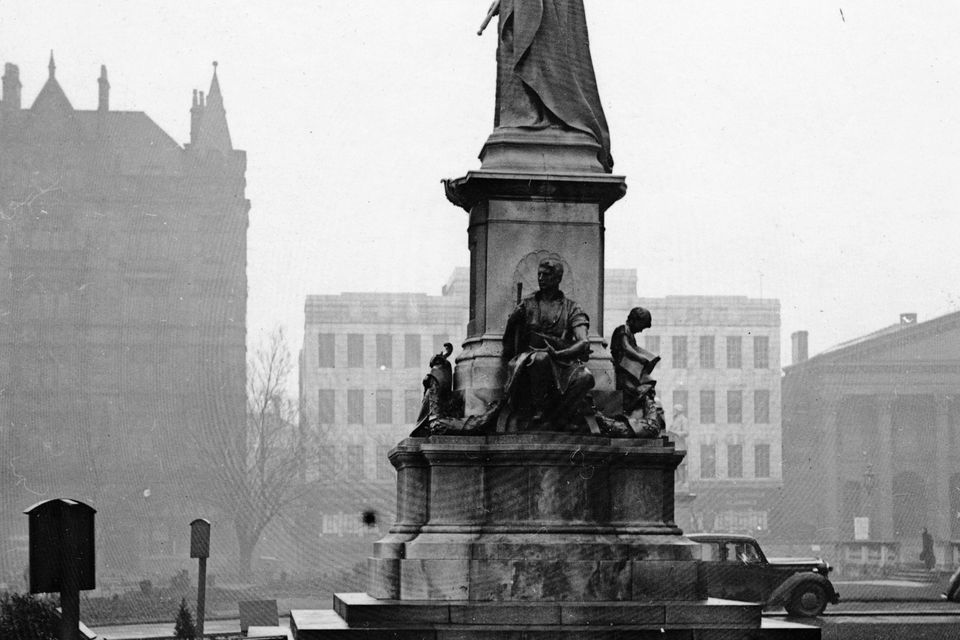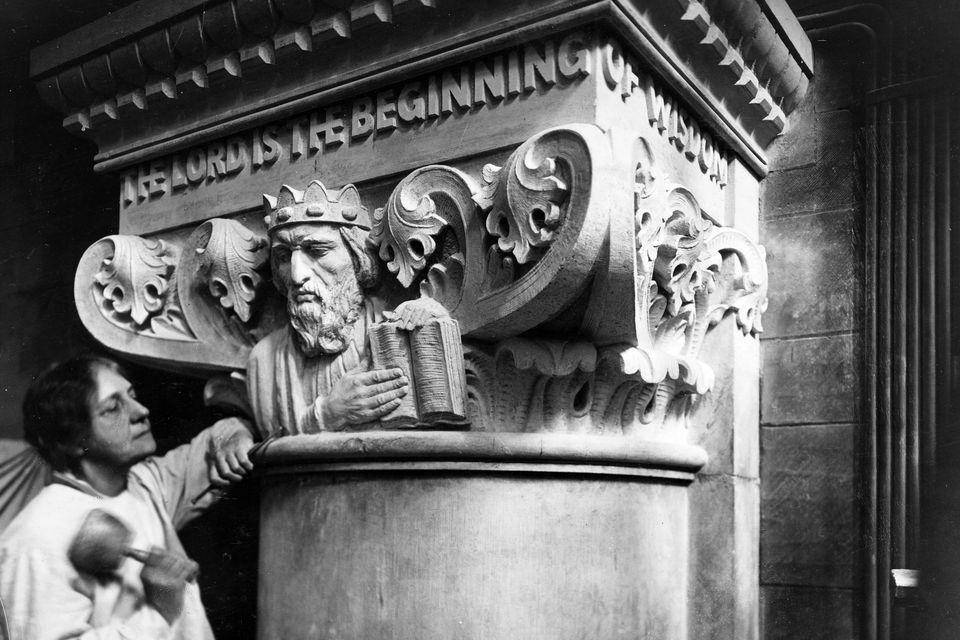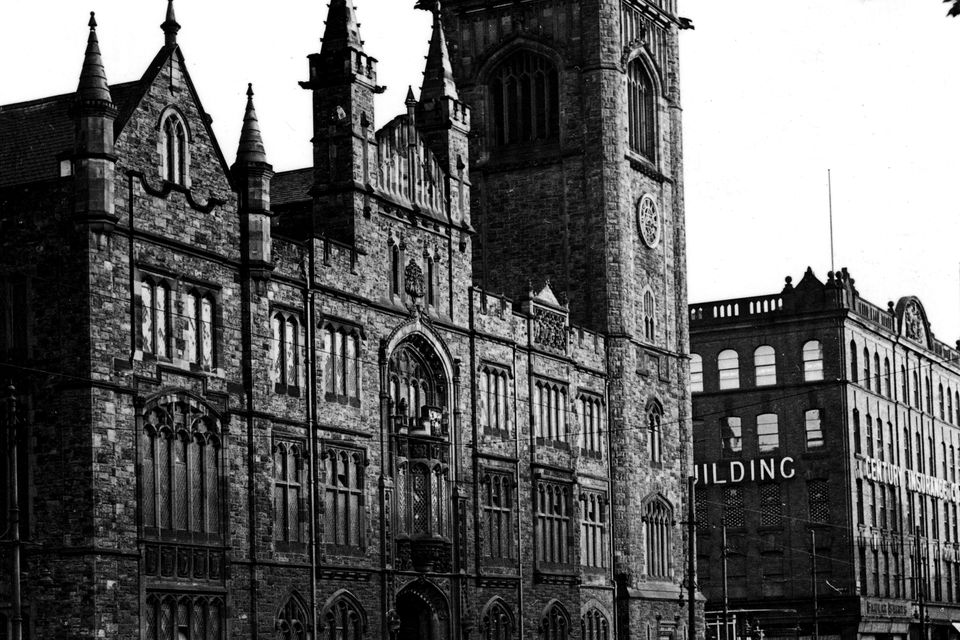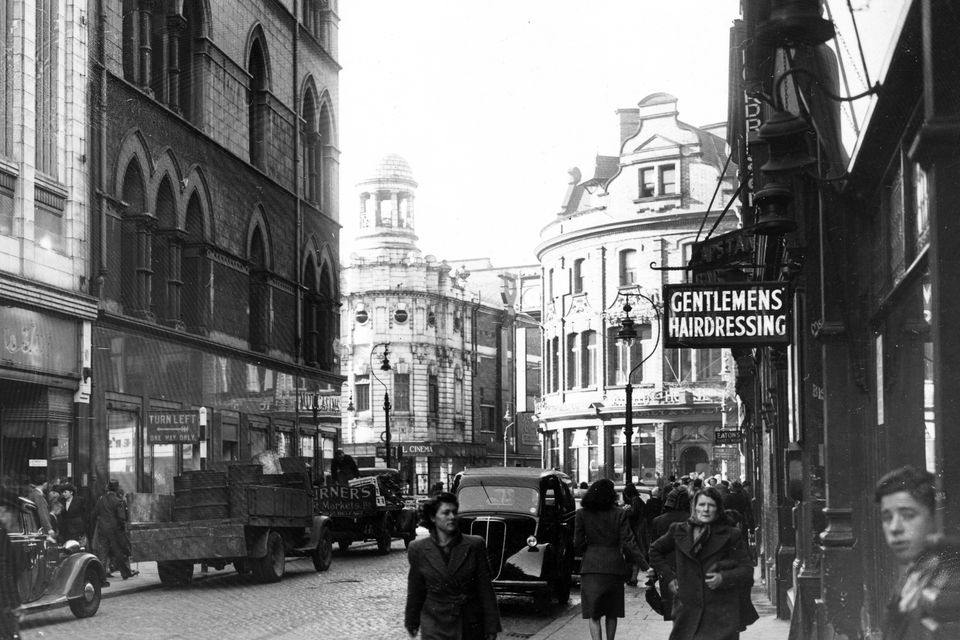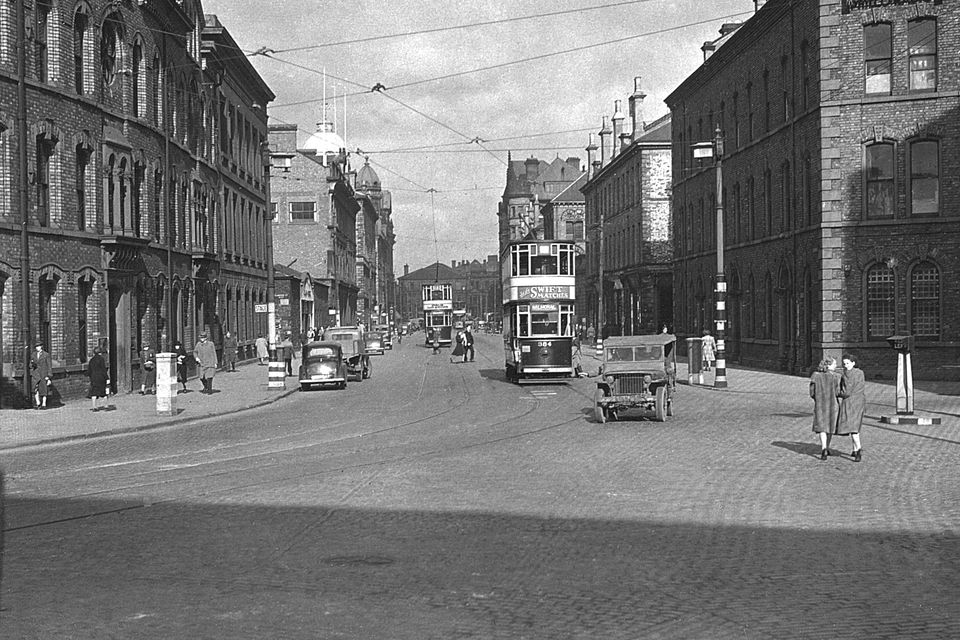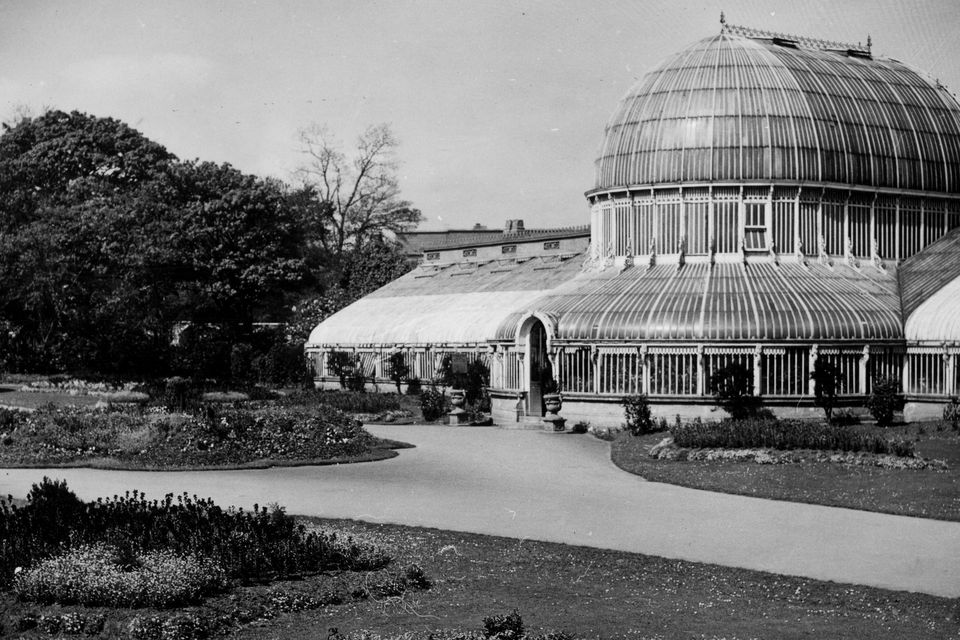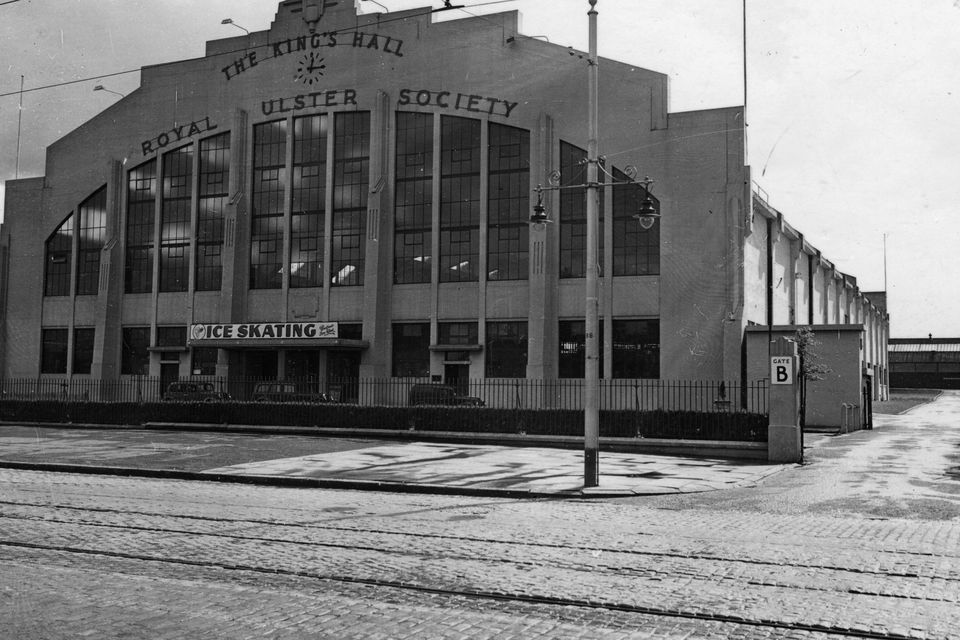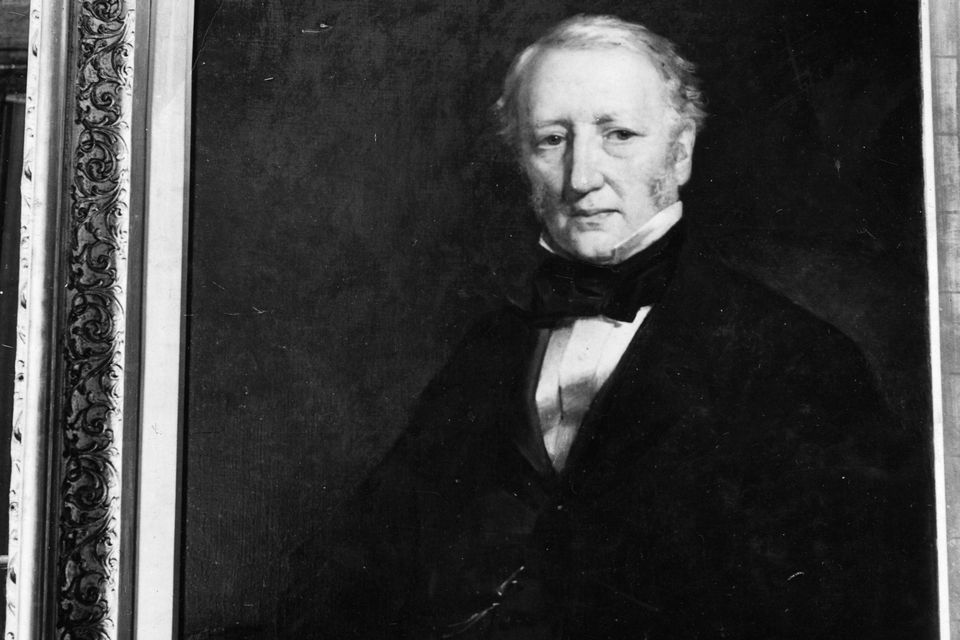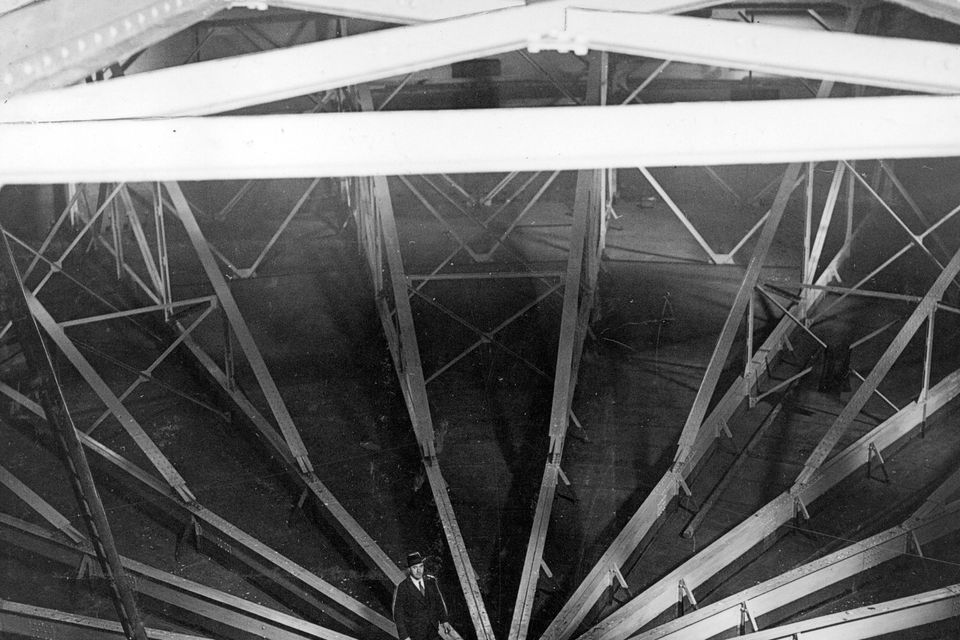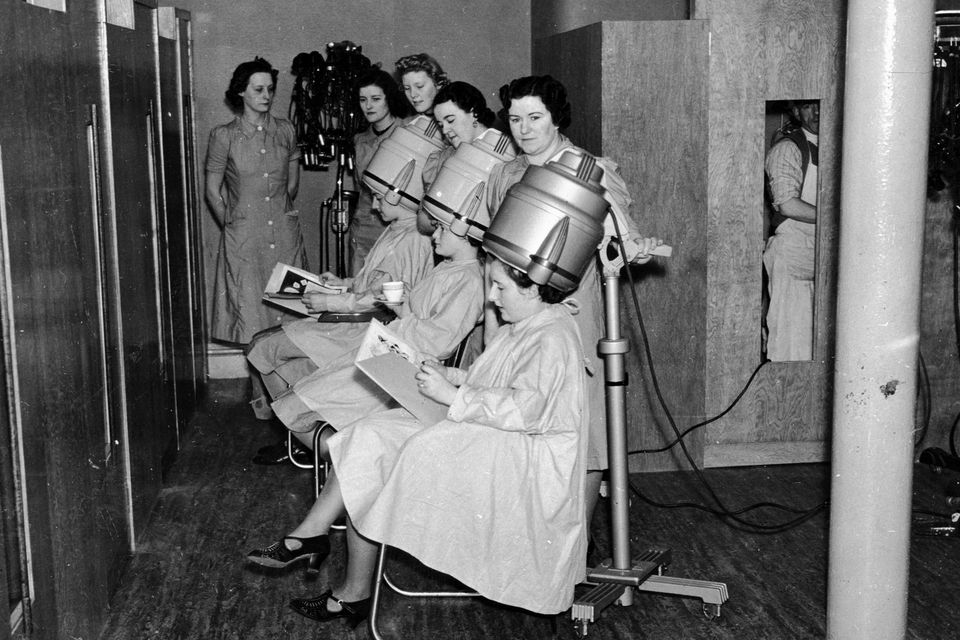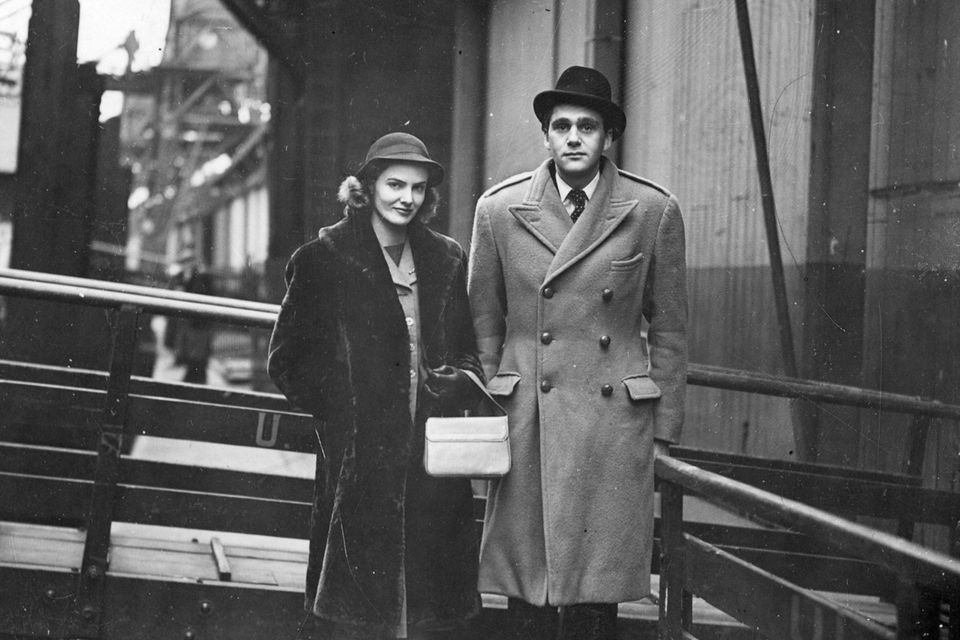The Industrial Revolution transformed Belfast, making it Ireland’s biggest city – and it all began with the port.
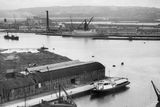
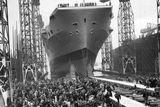

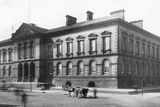
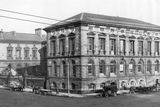
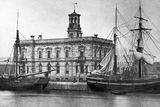
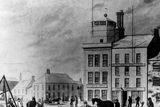
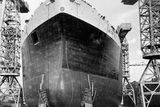
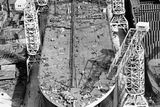
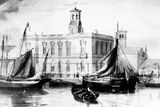

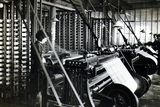
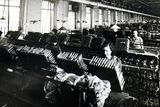

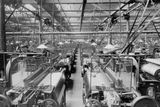
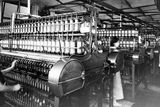
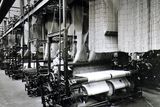


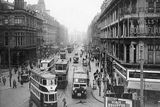
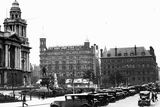

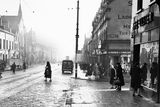
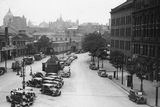
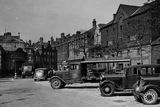
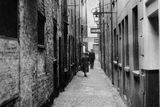

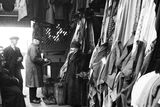
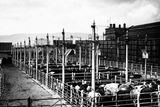
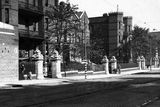
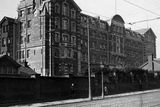
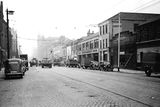

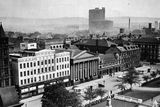


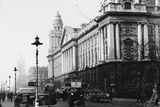



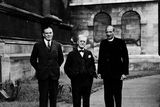

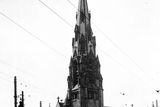
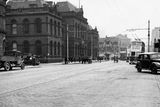
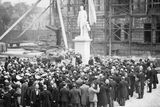
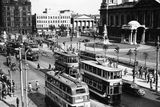
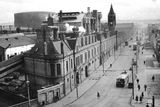
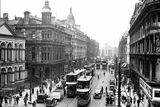
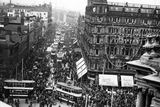
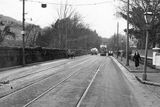
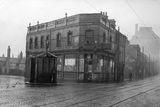
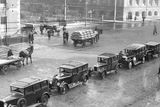
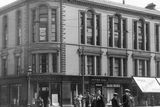
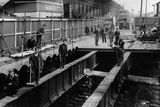
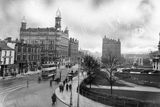
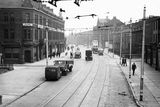
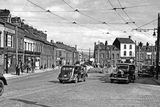

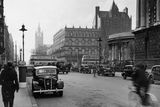
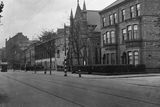
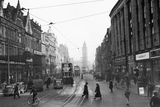
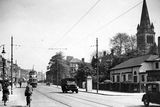
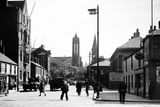
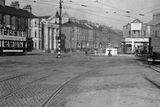

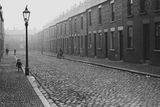
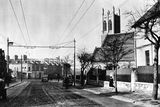
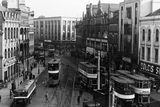



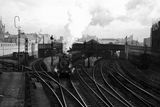
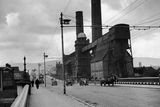

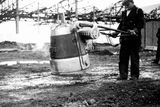
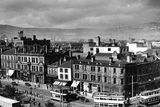
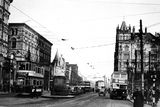
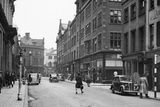
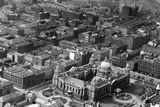
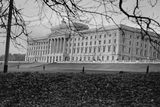
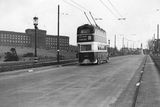
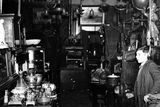
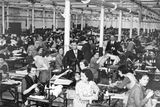
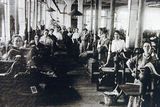
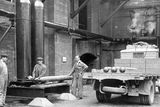

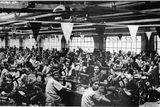

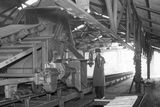
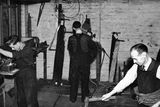
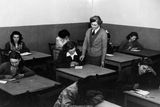
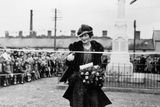
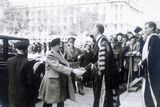
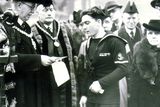
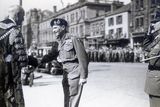
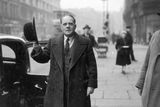

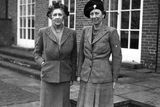
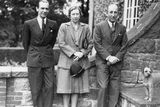
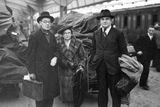
When King James I granted a Charter of Incorporation to Belfast on April 27 1613, he elevated the town to the status of a corporate borough. There was a clause in this Charter which also gave permission for the establishment of a new quay through which “all and singular merchants, as well inhabitants as foreigners, and all other our liege subjects whatsoever” should be allowed to import and export “all kinds of merchandise or other things.”
The king, however, was not being merely a philanthrophist. He was seeking more political power through the establishment of a new parliament in Ireland to maintain Protestant control, and he was creating around 40 new boroughs, each of which would provide two members for the new institution.
James I was also after more money, and this was made clear to those who wanted to establish a port. They would be required to pay to the Crown ‘all and singular our customs as well great as small, subsidies of poundage and other impositions due and payable in our said Port of Carrickfergus, and in the bays and creeks of the same.”This sounded the death knell to Carrick which up to that time had been the major port in Ulster, but it took a long time to establish a good harbour in Belfast. The problem was the mud which silted up the channel and forced larger vessels to put down anchor some distance up the Lough at the Pool of Garmoyle.
Goods then had to be transferred to small vessels, or lighters which transported them to the dockside. This meant a considerable loss through pilferage and tax evasion, and the merchants of Belfast out of self-interest redoubled their efforts to create a first-class harbour.
The first major breakthrough seemed to be the establishment of the Ballast Board in 1785, but they had difficulty raising the funds to develop a harbour, and they received little help from the ruling Donegall family — one of whom was an addictive gambler who did not pay his debts. He was known locally as ‘Lord Done ’em all’.
It was not until the early 19th century that the real breakthrough took place, and the harbour authorities commissioned William Dargan, an Irish contractor, to cut through the tortuous bends in the River Lagan, and create a proper outlet to the sea.
This was named Victoria Channel in honour of the young Queen Victoria, who visited Belfast in 1849, just two years after the establishment of the Belfast Harbour Commissioners who from thenceforth ran the port. The interaction between the town and the port was crucial, and this symbiotic relationship helped to turn Belfast into one of the most prosperous cities in the British Isles during, and for some time after, the Industrial Revolution.
The Harbour Board profited so much from the export of linen that even today the symbol of the flax flower is entwined in the ornamentation of their beautiful building in Corporation Square.
Meanwhile, iron shipbuilding was developing rapidly at the Queen’s Island, once known as Dargan’s Island when it was a popular ‘Pleasure Park’ for the ordinary people. Under the dynamic direction of Edward Harland, Gustav Wolff and
William Pirrie, among others, Belfast became renowned worldwide as a centre of shipbuilding and of general engineering excellence. This resulted in the development of outstanding ships and seagoing vessels of all kinds.
In 1896, the Belfast Harbour Commissioners opened their splendid new extension which, like the completion of the City Hall in 1906, illustrated the exuberance and opulence of the ruling class. Belfast by that time had 350,000 inhabitants and it was the 12th largest city in the British Isles. It was also bigger and more important economically than Dublin, much to the latter’s irritation.
From the early 1900s, however, it was all downhill. The shipping industry still maintained its world-class output with liners like the Olympic and the ill-fated Titanic, but the tragic sinking of that iconic vessel was a major blow to the morale of the entire city and province.
The slaughter at the Battle of the Somme and the partition of Ireland were also major setbacks which helped to erode the pre-eminence which Belfast enjoyed in the early 19th century.
Nevertheless, Belfast Port continued to play an important economic role, and the Harbour Commissioners always had the foresight to plan far ahead. Despite the downturn in shipping, they continued to dredge important new water channels, and their creation of new land with the residue helped to establish a new airport at Sydenham, now the George Best Belfast City Airport.
Meanwhile, shipbuilding continued at Harland and Wolff but with diminishing returns. The magnificent Canberra was completed for delivery on May 19, 1961, but Harlands lost £1.2m on the contract. This was to be the last historic launch of its kind, and the subsequent attempts of Harland and Wolff and the British government to keep shipbuilding alive ended in failure. There were other major challenges to face, and Belfast Harbour survived the Troubles and kept the economic lifelines to the Province open.
Happily, in recent years there has been a remarkable resurgence of activity in the harbour estate. This includes the diversification of Harland and Wolff, the development of the Titanic Quarter, the success of Titanic Belfast, the establishment of a new marina and other facilities to keep the harbour estate vibrant and relevant to the changing 21st century.
This is all a long way from 1613, but the developments of the past 400 years have entwined the Belfast port and the city in one of the most significant partnerships imaginable, and to the mutual benefit of each. The reign of King James I paved the way for some crucial developments in the history of the north of Ireland, including the Royal Schools, and the licence which helped to set up Old Bushmills distillery.
However the development of the harbour from humble beginnings, and the influence of the port on the city and vice versa, must rank as one of the most important developments of all in the dramatic and colourful history of Belfast and the province as a whole.
* Alf McCreary is a journalist and author of Titanic Port (Booklink)
Join the Belfast Telegraph WhatsApp channel
Stay up to date with some of Northern Ireland's biggest stories


